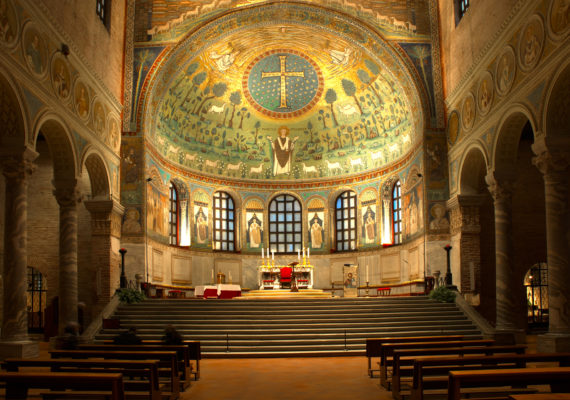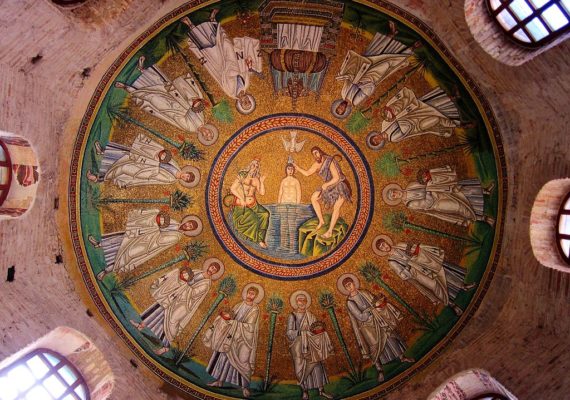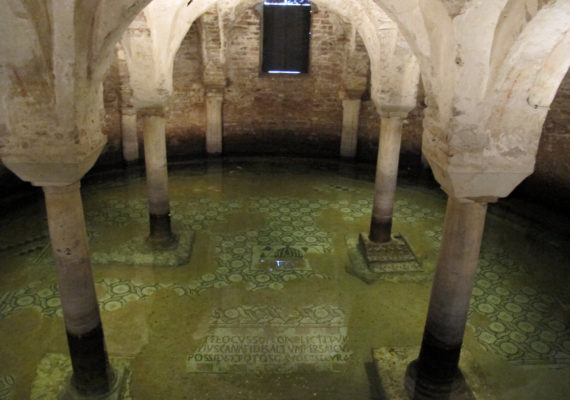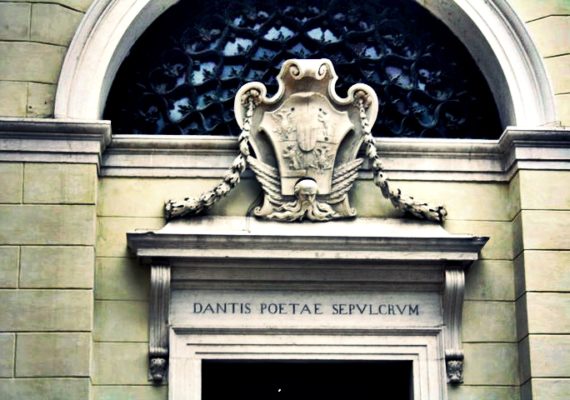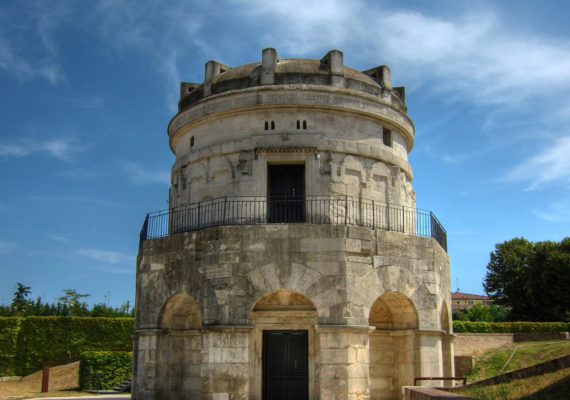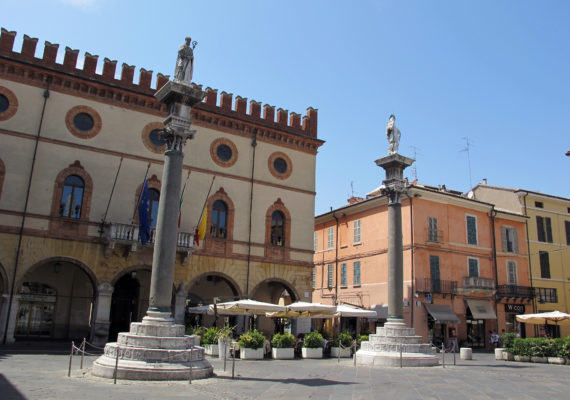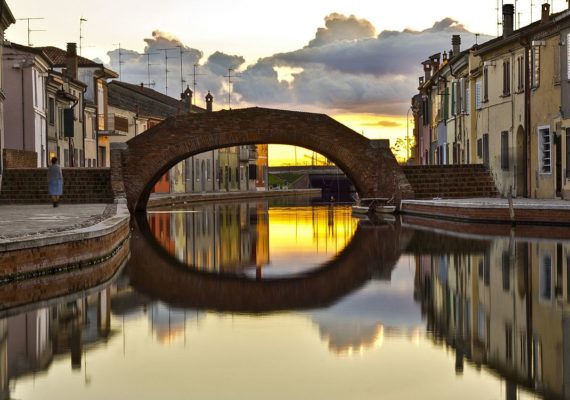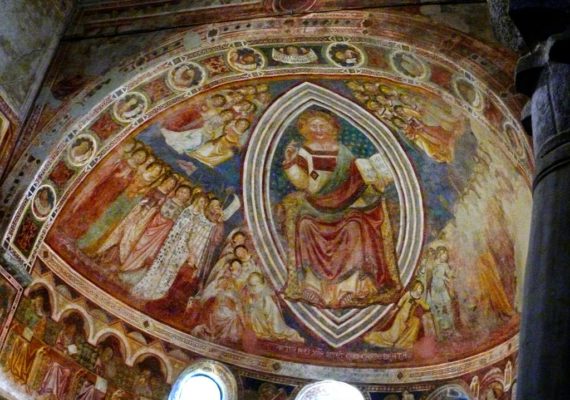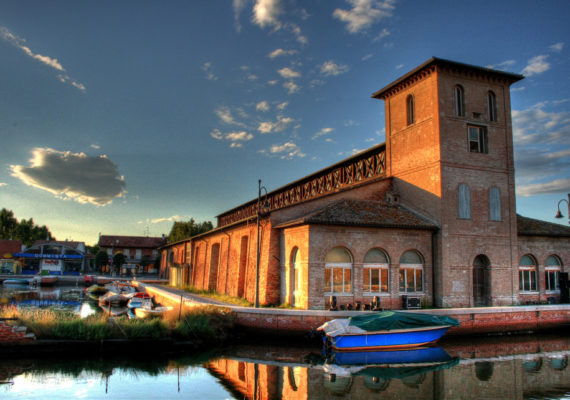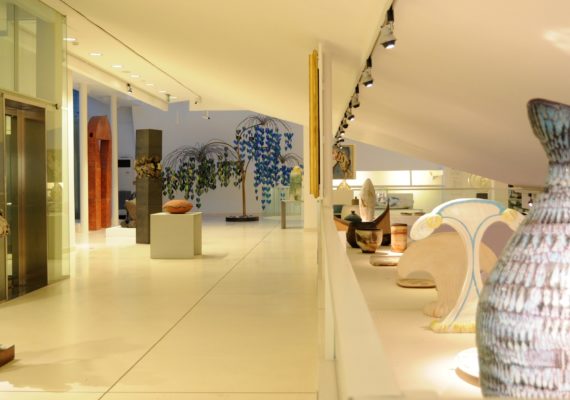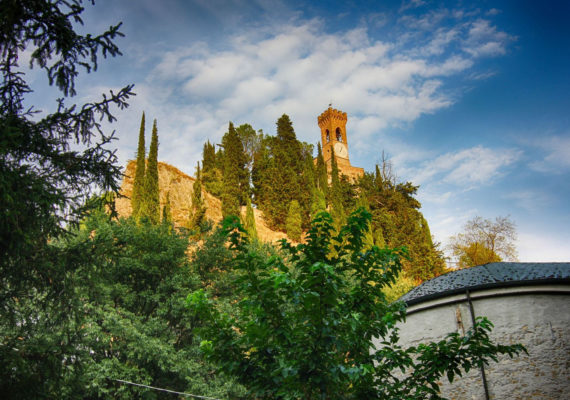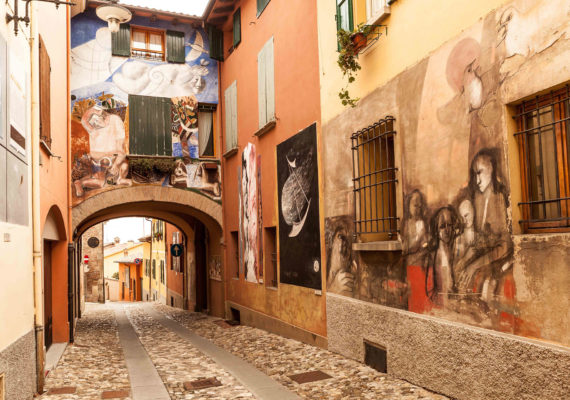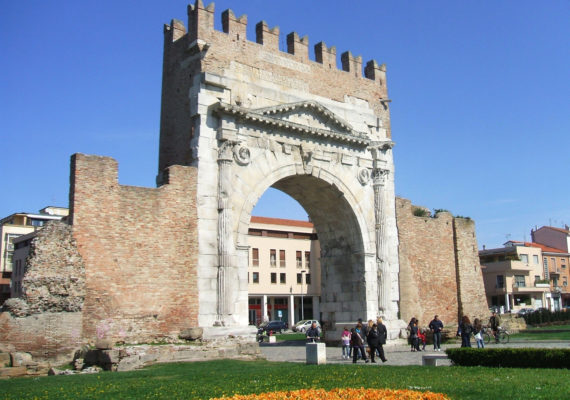Booking for : Ravenna – Historical Center and National Monuments – Half Day Tour
Ravenna – Historical Center and National Monuments – Half Day Tour
Tour Details
The charming town of Ravenna between the V and the VIII century, was the capital of the Western Roman Empire, of the Ostrogoth’s Kingdom and of the Byzantine Empire: the traces of this past are in the wonderful ancient buildings and in its eight UNESCO Monuments.
Ravenna is also the city that Dante Alighieri, chose as his “last refuge” and the city still guard his immortal remains.
We start our tour with the grandiose Basilica of Sant’Apollinare in Classe, the only surviving church of the ancient port city: in the apse richly decorated with an idyllic garden, stands out a bright golden cross and the figure of the Saint to whom the church is dedicated.
We explore the places related to Theodoric, the Ostrogoth’s King (V-VI centuries), with the Arian Baptistery, built for the Arian community and decorated with mosaics representing the Baptism of Christ and the procession of the apostles on a brighten golden background. We leave for a moment the mosaics to admire the white stone of Istria in the Mausoleum of Theodoric, a massive monument surrounded by the green of a pleasant public park (only exterior visit of the mausoleum).
We pay homage to the major Italian poet visiting Dante’s area, with the evocative flooded crypt of the Basilica of Saint Francis and the neoclassical Tomb of Dante Alighieri: we discover the adventurous story of its remains, stolen from the Franciscan Friars to keep them in Ravenna, and the love of Ravenna people for the poet throughout the centuries.
We enjoy a cup of coffee or an ice cream in Piazza del Popolo, the beautiful Town Hall square with its elegant Venetian characteristics, and we make a short visit to one of the many mosaic workshops.
The visiting order of the monuments is not the one listed above and is adjusted according to the needs of visitors. We do not assume responsibility for ticket increases or changes of monuments opening hours that may occur during the year.
For some questions you find a faster answer here than writing us:
Where can I park?
If you are by car you can park in Piazzale Aldo Moro (free, behind the train station). In the city center there are also several parking lots with parking meters, but usually in here the parking is limited to a maximum of 3 hours.
If you are by bus the best drop off/ drop on point is Piazzale Aldo Moro, behind the train station.
If in the group there are people with real physical and mobility impairments please let us know.Both for cars and buses there are parkings at the Mausoleum of Teodorico and at the Basilica of Sant’Apollinare in Classe.
Where do I meet the guide?
If you are already in the city center, the guide can meet you in your hotel or in Piazza del Popolo. If you arrive directly for the guided tour then the guide can pick you up in Piazzale Aldo Moro. If you wish to meet the guide directly to the Basilica of Sant’Apollinare in Classe we ask for a € 10,00 supplement for the transport of the guide.
Can mobility impaired people enter everywhere?
Yes, the monuments of this itinerary are also accessible for mobility impaired people (remind that the visit of the Mausoleum of Theodoric will only be external).
There will be entry fees for the monuments?
Yes, € 2,00 for the Arian Baptistry and € 5,00 for the Basilica of Sant’Apollinare in Classe (reduced fees applicable); both the monuments are free for people under 18 years old.
Is it necessary to book the entrance at the monuments?
No, you don’t have to book the monuments of this itinerary.
Is it possible to pay the tickets in advance or with credit card?
At the Basilica of Sant’Apollinare in Classe it is possible to pay the entrance in advance (writing to apollinare.ra@ravennantica.org) and it is possible to pay on spot in cash or by credit card, while at the Battistero degli Ariani the payment is made only on spot with credit card or coins (no banknotes).
Where are the tourist information offices?
There is one in Piazza San Francesco.
Are there public toilets?
Yes, in Piazzale Aldo Moro and close to the Basilica of Sant’Apollinare in Classe there are pay toilets (0.50 euros) .






